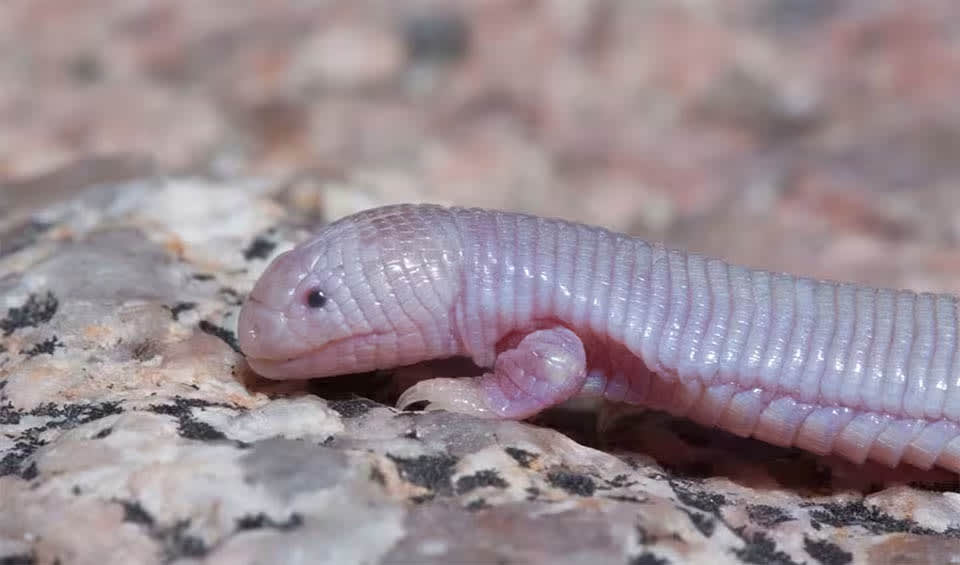Bipes (lizard)
If they feel threatened underground, they can detach their tail in a flash
Bipes, commonly referred to as ajolotes or mole lizards, are a unique and intriguing genus of reptiles found exclusively in Mexico. These creatures are especially fascinating due to their distinct physical characteristics and unusual behavior. The Bipes genus comprises species that look like a cross between a snake and a lizard, featuring some truly unique adaptations that make them well-suited to their underground lifestyle.
One of the most notable features of Bipes lizards is their limbs. Unlike other burrowing reptiles that may have no limbs, Bipes species possess two forelimbs that are well-developed and clawed. These limbs are crucial for their primary mode of living—digging. They use these sturdy, spade-like arms to excavate tunnels in the soft soils of their habitats, which range from dry, sandy areas to more vegetated regions. The rear of their body, lacking hind limbs, is elongated and serpentine, aiding in their movement through the underground burrows they create.
The body of a Bipes lizard is covered in smooth, shiny scales that help minimize friction as they move through the earth. Their coloration, typically a pink or pale tan, mirrors the surrounding soil, providing an effective camouflage against predators. Despite living mostly underground, they have small, functional eyes. However, their vision is not their primary sense; they rely more on their sensitivity to vibrations and scents to navigate and hunt in their dark environment.
A particularly interesting behavior of Bipes lizards is their ability to perform autotomy, a defense mechanism where the animal can self-amputate its tail to escape predators. The lost tail will wiggle and twitch, drawing the predator’s attention while the lizard makes its escape. Over time, the tail regenerates, although it may not reach its original length or girth.
Species in this genus
Mexican mole lizard
A mix between a worm and a lizard, with a surprising trick up its sleeve – tiny legs!

